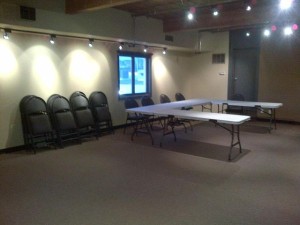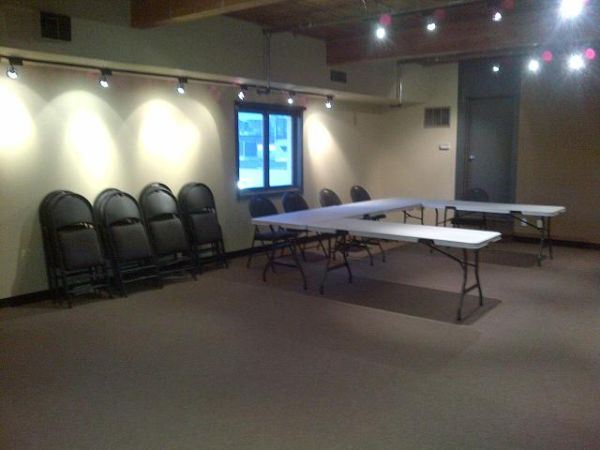
Injuries involving the teeth and dental appliances often occur as a result of soft tissue injuries to the mouth. In case of injuries to the mouth, check for and remove completely knocked out teeth, bridges, and crowns. Carefully remove loose dentures and any broken parts. There is a high risk for choking in people who have broken or loose denture. Keep the dentures or other dental appliances, intact or broken, in a clean container and bring them with the patient when he is transported to the hospital or dental clinic.
Some individuals, especially older adults, have unilateral appliance called Nesbit. Unlike other dental appliances, these spider like and inexpensive tooth replacement has high risk for swallowing and choking. Usually, a Nesbit is a one- or two-tooth replacement that is held in four points. It is one of the common causes of choking so it is important to remove it in an injured or unconscious victim. When removing it, take care not to drop it down the victim’s throat. If possible, position the victim on his side towards the side of the Nesbit. Use a piece of gauze or cloth when grasping the teeth to prevent possible infection due to saliva, blood, and mucus, as much as possible, wear clean gloves. Store the device in a clean container.
When looking for dislodged tooth, take great care and avoid contact with blood. In most cases, there will be severe bleeding from the socket of the dislodged teeth. To minimize bleeding, have the victim bite down on rolled gauze placed over the socket. If the victim is unconscious or unable to bite, you will have to place the gauze over the socket. Take care not to further harm or damage the tissues. There is a better chance at replacing the knocked out tooth if the tissues remain intact and undisrupted. Do not use cotton packets in attempting to control bleeding of the socket.
Any knocked out tooth should be kept in moist dressings and transported with the victim. It can also be kept moist by placing in a container filled with milk. NEVER clean the tooth by rubbing it or washing it under running water. Doing so will damage the delicate structures of the tooth which are necessary to replant it.
Transport the victim to the nearest dental clinic. The sooner a dental surgeon or dentist can replant the tooth, the better the chances at success. Best results are seen if the tooth is replanted within 30 minutes it has been knocked out.
Basic first aid training courses include modules on how to care for dental emergencies. Sports first aid also contain modules on managing dental emergencies.

